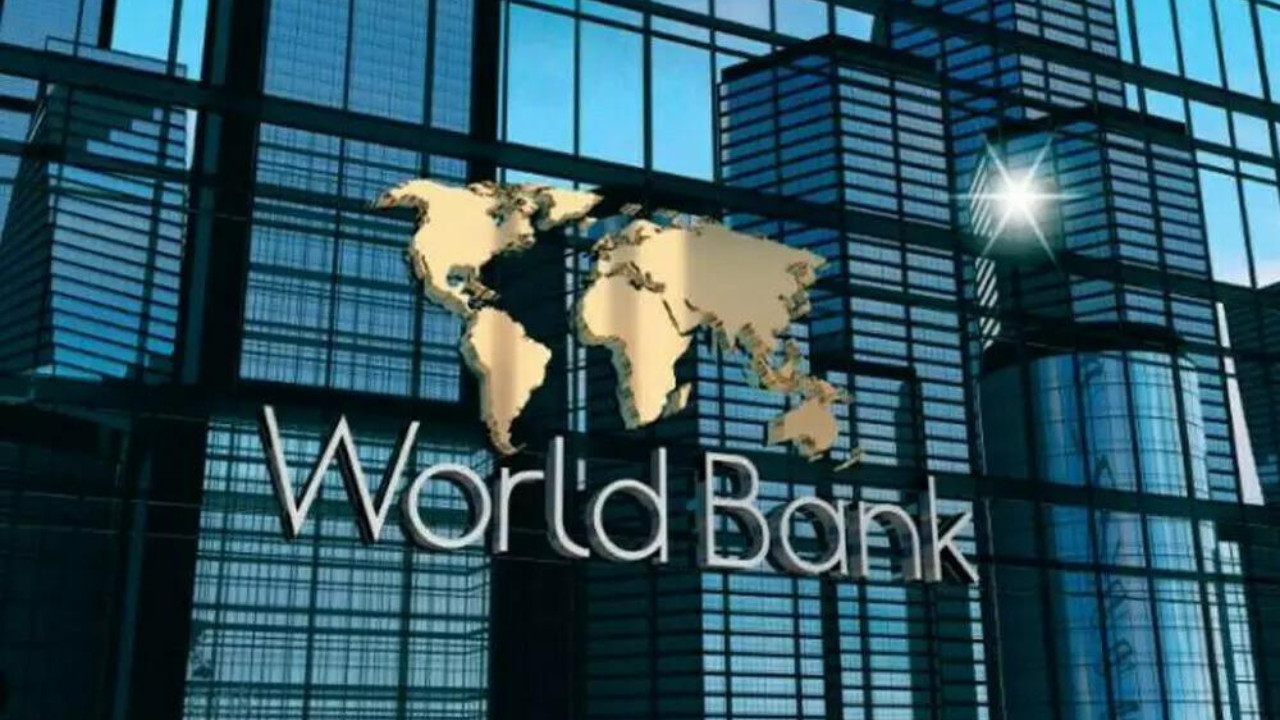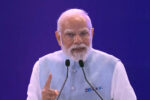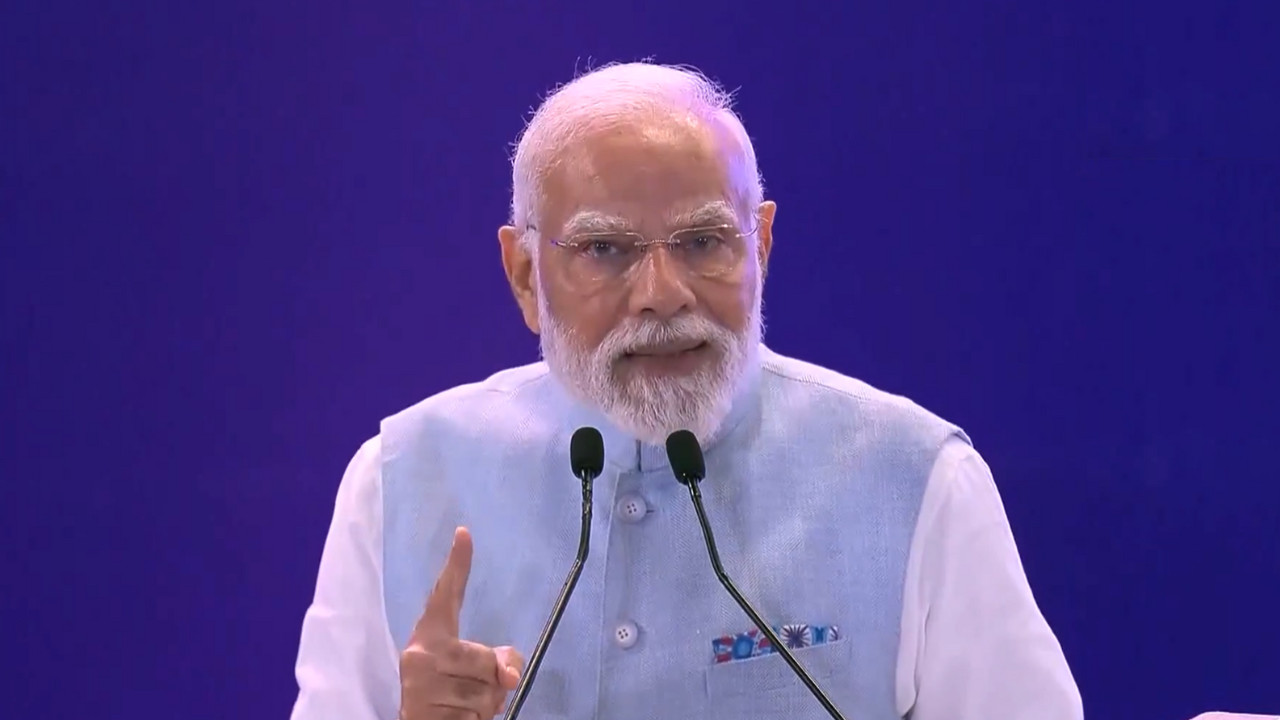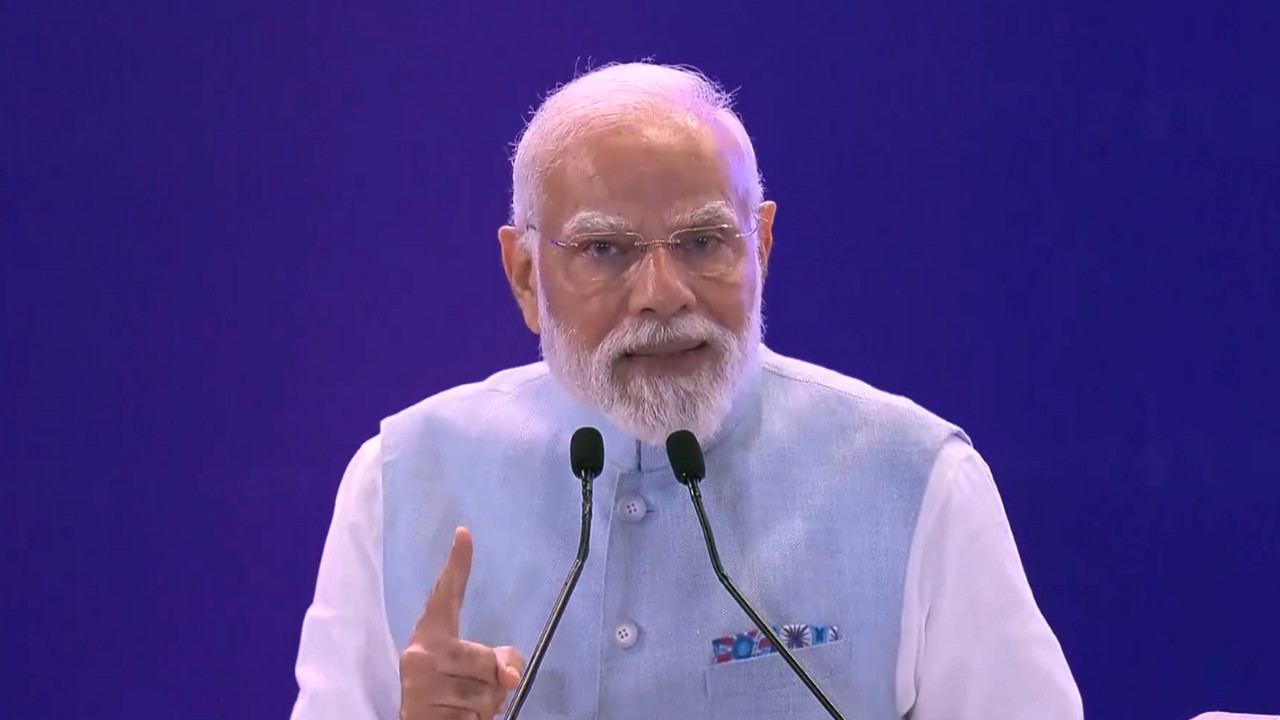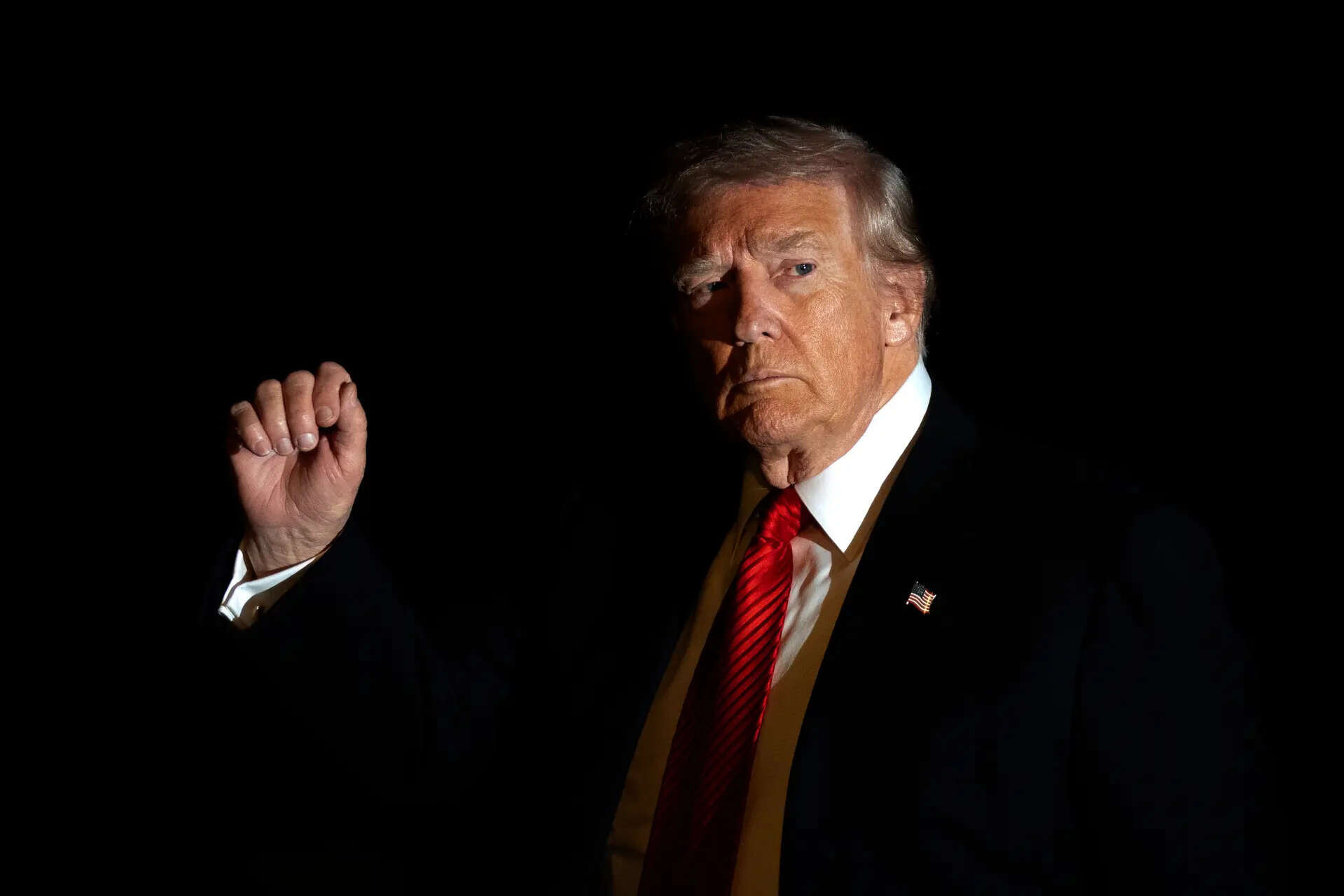The World Bank predicts a sharp slowdown in global growth for the coming year. This is due to trade disruptions caused by US tariffs. These tariffs create uncertainty and fragment markets. India’s economic growth is also projected to be lower. High policy uncertainty is dragging down growth and inflation. The World Bank urges G20 economies to avoid trade fragmentation.
The World Economy is Getting a Headache, and It Might Be a Migraine
Okay, let’s be honest, reading economic forecasts usually feels like wading through alphabet soup. You see the acronyms (GDP, CPI, you know the drill), you grasp for meaning, and ultimately, you’re left wondering, “So, what does this actually mean for me?”
Well, the latest report from the World Bank, while laden with those very acronyms, paints a picture that’s hard to ignore, and definitely worth unpacking. In short: the global economy is slowing down, and it could be a bumpy ride ahead.
Their big headline? They’ve slashed their global growth forecast for 2025 to a measly 2.3%. Now, on the surface, 2.3% might not sound like the sky is falling. But remember, this is growth we’re talking about. It’s about the world economy expanding, creating new opportunities, and generally making things a little bit better for everyone. A slowdown suggests a tightening of belts, fewer jobs, and a general sense of unease.
And why the gloom? It’s a cocktail of factors, really. Imagine you’re baking a cake, and you’ve got too much of one ingredient and not enough of another. That’s kind of what’s happening with the global economy.
One key ingredient out of whack is inflation. We’ve all felt it, right? From the price of groceries to that much-needed vacation, everything seems to cost more. Central banks around the world have been battling inflation by raising interest rates. Think of it like hitting the brakes on the economy. Higher interest rates make borrowing more expensive, which cools down spending and investment. The problem? Hit the brakes too hard, and you stall the whole engine.
The World Bank is concerned that this balancing act is becoming increasingly precarious. They worry that higher-for-longer interest rates, combined with sticky inflation, are going to keep a lid on growth for longer than anticipated.
Then there’s the trade war brewing. Remember those tariffs that were thrown around a few years ago? They haven’t exactly disappeared. Instead, they’ve morphed into a simmering tension that’s disrupting global supply chains. Think of it like this: imagine building a car, but suddenly you have to pay extra to get the tires from one country, the engine from another, and the windshield from a third. It gets expensive, complicated, and ultimately, slows down production.
This “trade fragmentation,” as the World Bank calls it, is particularly worrying because it undermines the very foundation of global economic growth: free and open trade. When countries start putting up barriers, it stifles innovation, reduces competition, and ultimately, makes everyone poorer.
But it’s not all doom and gloom. The report also highlights some areas of resilience. For example, some emerging markets are showing remarkable strength, driven by strong domestic demand and sound economic policies. This suggests that the slowdown is not uniform across the globe. Some regions are better positioned to weather the storm than others.
And what about the impact on you and me? Well, a slower global economy could mean a few things. It could mean slower job growth, making it harder to find that dream job or get a raise. It could also mean higher prices for goods and services, as businesses pass on the costs of tariffs and inflation to consumers.
Of course, it’s not all set in stone. The future is never entirely predictable. The World Bank’s projections are just that: projections. A lot depends on how policymakers respond to the challenges ahead. Will they be able to rein in inflation without triggering a recession? Will they be able to de-escalate trade tensions and promote international cooperation? These are the big questions that will determine the trajectory of the global economy in the coming years.
The report acts as a sobering reminder that the global economy is a complex and interconnected system. What happens in one corner of the world can have ripple effects everywhere else. While the news might feel unsettling, understanding the challenges ahead is the first step towards navigating them. And perhaps, just perhaps, this dose of reality will encourage us to think more critically about the policies that shape our economic future, and demand smarter, more sustainable solutions. The future isn’t written; it’s shaped.
📬 Stay informed — follow us for more insightful updates!
